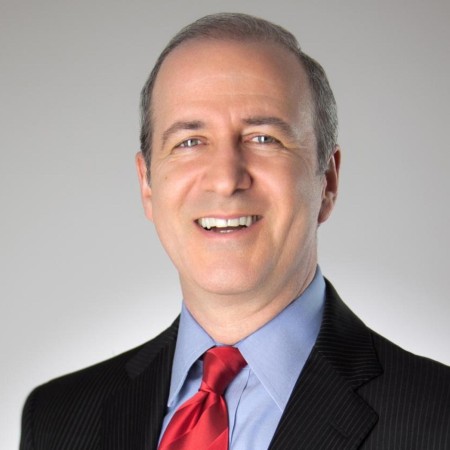Ready to elevate your accounting practice through ethical decision-making? If you consistently apply the five principles of ethical intelligence that Forbes Contributor Bruce Weinstein, The Ethics Guy, presents in this high-content, results-focused webinar, your business will prosper. Beginning with the most fundamental principle of all, Do No Harm, you'll discover how to make the right decisions in a range of challenging situations. Through engaging, real-life "What would you do?" scenarios, an exploration of the principles of ethical intelligence, and a few fun writing exercises, you'll gain practical insights you can apply professionally and personally. We'll also answer some frequently asked questions about ethics that will enrich your understanding of a topic you can't afford to ignore. We end with a Call to Action, so that you can put the lessons you learn into practice immediately. You'll leave with the tools to foster trust, build a thriving practice, and impress clients with the high standards of service you live by. Who knew an ethics webinar could be both practical and fun? This event may be a rebroadcast of a live event and the instructor will be available to answer your questions during the event.
Learning Objectives
After attending this presentation you will be able to...
- Identify ten crucial qualities of high-character CPAs
- Recognize why each quality is essential to sustained success in accounting
- Select focused questions to evaluate the character of job applicants
- Put yourself ahead of the competition if you're applying for a job (Hint: It involves explaining how your high character has consistently delivered positive results)
Major Topics
The major topics covered in this course include:
- Entertaining lecture by a professional presenter, illustrated with relevant video clips and photographs, to cover the main points of the webinar
- Writing exercises, so you can see how these lessons apply to your own CPA practice and personal life
- True stories about CPAs and other leaders to show what can happen when apologies and criticism are done right, and the pitfalls of doing them the wrong way

